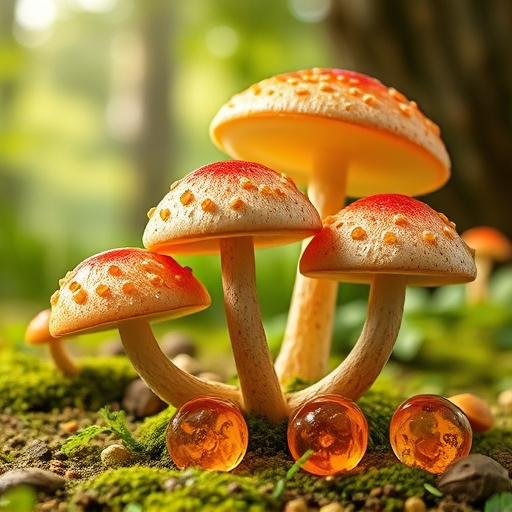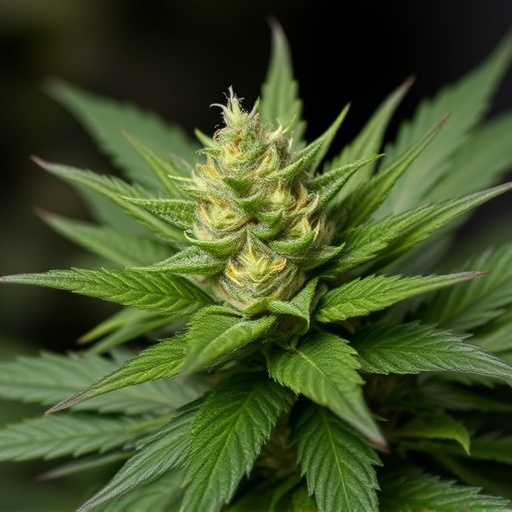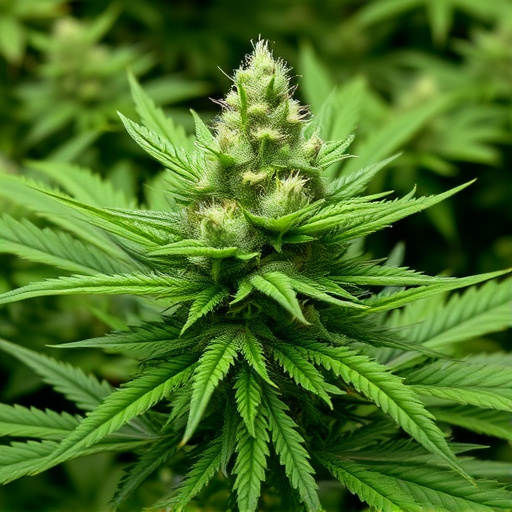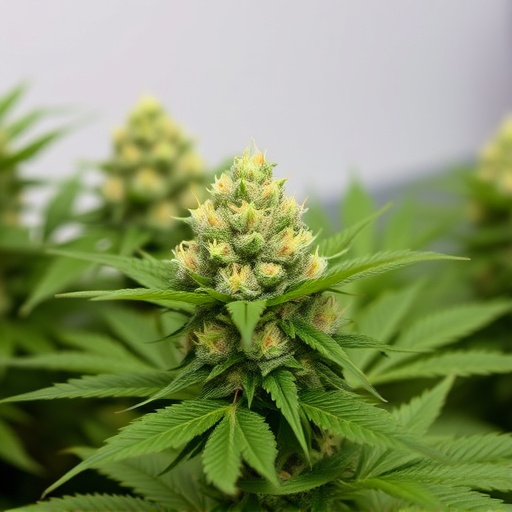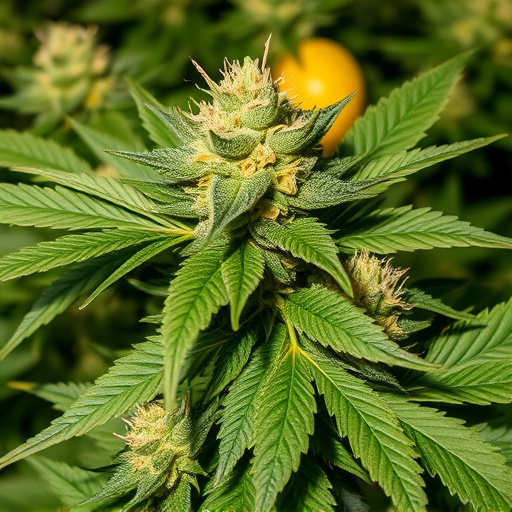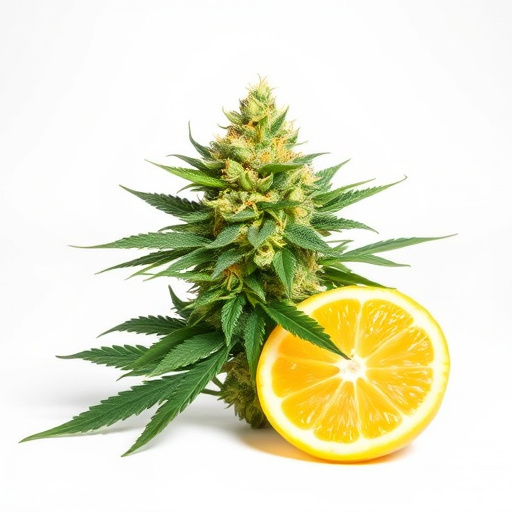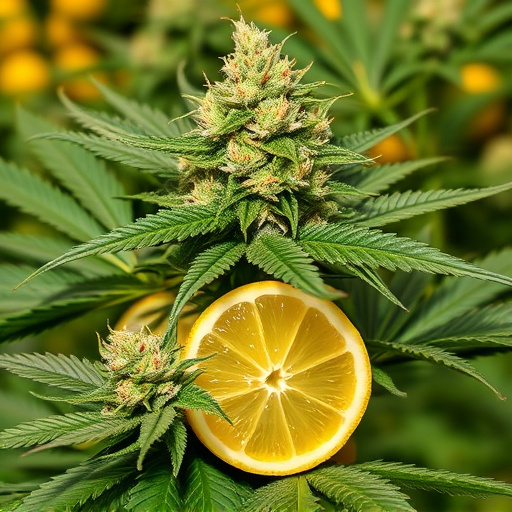Lemon cannabis strains owe their unique aroma, flavor, and therapeutic benefits to microscopic trichomes on the flowers. These hair-like structures produce essential cannabinoids like THC and CBD, as well as terpenes such as limonene, contributing to the strains' distinct citrusy profile. Trichome color, ranging from milky to amber, visually indicates potency, making lemon cannabis a popular choice for both recreational users and those seeking medicinal relief.
“Unraveling the secrets within each cannabis flower lies a fascinating world of trichomes—tiny, hair-like structures that pack a powerful punch. This article delves into the essence of these microscopic marvels and their profound impact on the cannabis industry. From ‘What Are Trichomes?’ to ‘The Role of Trichomes in Lemon Cannabis Strains,’ we explore how these unique characteristics influence strain quality and effects. Discover why understanding trichomes is essential for cannabis enthusiasts seeking the perfect high.”
- What Are Trichomes and Why Do They Matter in Cannabis?
- Exploring the Unique Characteristics of Lemon Cannabis Strains
- The Role of Trichomes in Determining Cannabis Strain Quality and Effects
What Are Trichomes and Why Do They Matter in Cannabis?

Trichomes are tiny, hair-like structures that cover the surface of cannabis flowers and leaves. These microscopic glands play a pivotal role in the plant’s defense mechanism and its overall quality. In the context of lemon cannabis strains, trichomes add to the unique sensory experience and therapeutic benefits associated with these varieties. They produce essential oils and cannabinoids, such as THC (tetrahydrocannabinol) and CBD (cannabidiol), which are responsible for the plant’s distinct aroma, flavor, and potential medicinal properties.
The presence and density of trichomes are significant indicators of a cannabis strain’s maturity and potency. In lemon strains, their vibrant color—often appearing milky or cloudy—can be an early visual cue to their richness in essential compounds. As trichomes mature, they can become sticky or amber-hued, indicating higher cannabinoid concentrations. Understanding trichome development helps cultivators and enthusiasts appreciate the nuances of different cannabis varieties, including lemon strains, ensuring a more informed and enjoyable experience.
Exploring the Unique Characteristics of Lemon Cannabis Strains
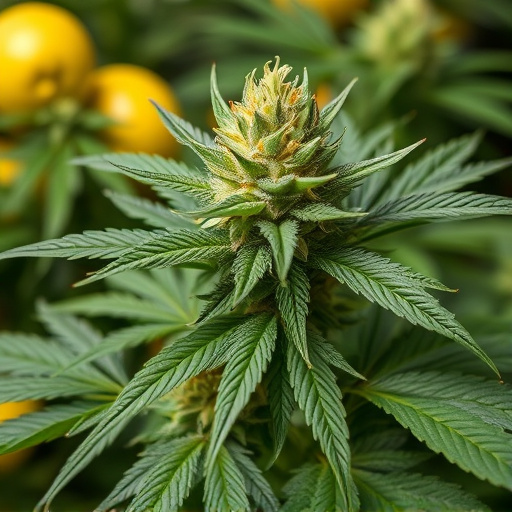
Lemon cannabis strains are known for their distinctive aroma and flavor, offering a unique sensory experience. These strains bear special characteristics, primarily derived from specific terpene profiles, that set them apart from other varieties. The key component often associated with lemon strains is limonene, a terpene known for its citrusy notes. This terpene not only contributes to the bright, zesty scent but also provides potential therapeutic benefits, including uplifted mood and reduced anxiety.
The unique characteristics of lemon cannabis strains extend beyond their sensory appeal. Researchers suggest that these strains may offer distinct medicinal properties as well. The combination of limonene and other terpenes creates a complex chemical profile that interacts with the body’s endocannabinoid system. This interaction can lead to various therapeutic effects, making lemon strains a popular choice for those seeking both recreational enjoyment and potential medical relief.
The Role of Trichomes in Determining Cannabis Strain Quality and Effects
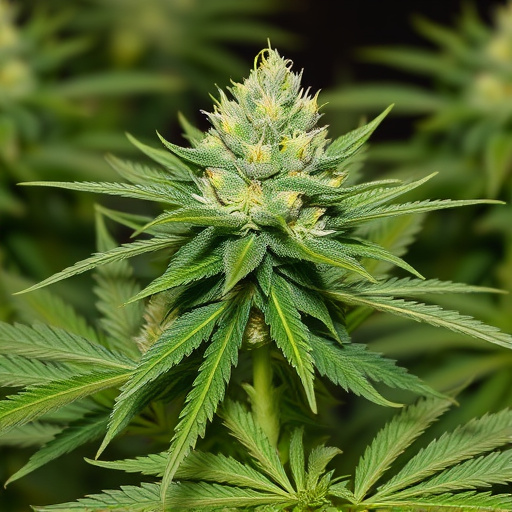
Trichomes play a pivotal role in determining the quality and effects of cannabis strains, including those known for their citrusy notes like lemon cannabis strains. These tiny glandular hairs, often appearing as tiny sticky crystals on the plant’s flowers, produce a range of cannabinoids and terpenes that contribute to the plant’s unique profile. The density, size, and resinous nature of trichomes directly influence the potency and flavor experienced by consumers.
In lemon cannabis strains, for instance, abundant trichomes are often indicative of higher concentrations of myrcene, a terpene known for its citrusy and earthy aromas. This combination of robust trichome development and specific terpene profiles is what contributes to the distinctive lemon essence, offering users a well-rounded sensory experience that extends beyond mere flavor.
Trichomes play a pivotal role in defining the unique characteristics of lemon cannabis strains, contributing significantly to both their quality and the experiences they offer. By understanding these microscopic structures, enthusiasts can better appreciate the intricate interplay between plant chemistry and human perception. For those seeking specific effects or aromatic profiles, like those found in lemon strains, knowledge of trichomes empowers informed choices, ensuring a more satisfying and personalized cannabis experience.



